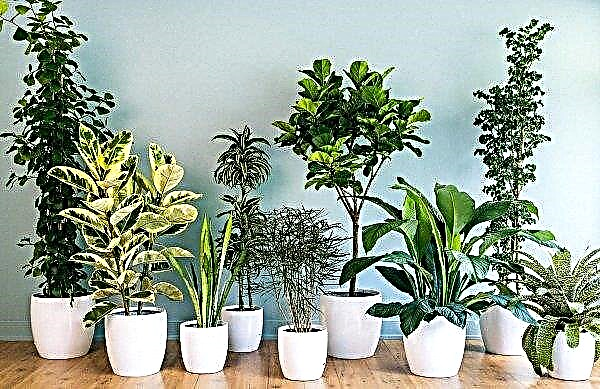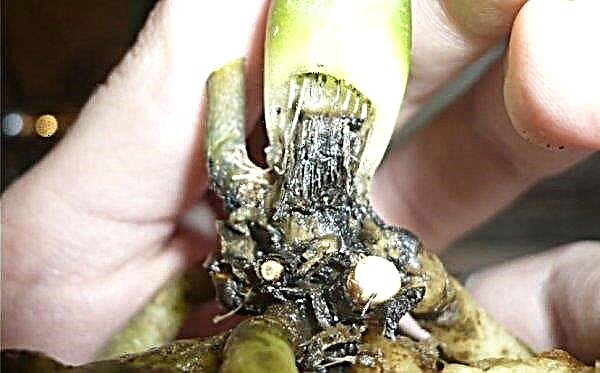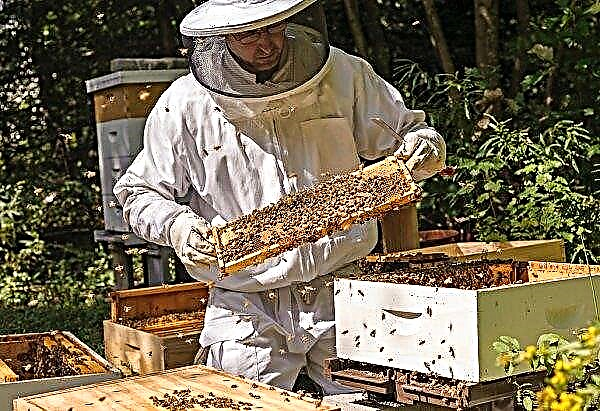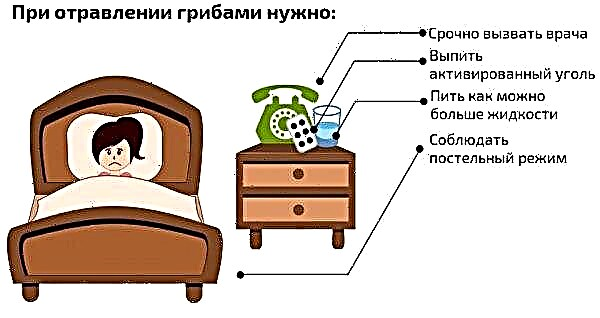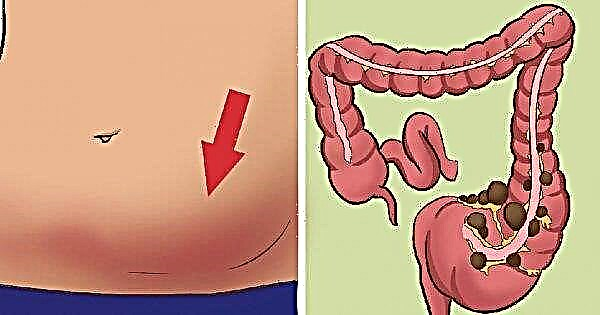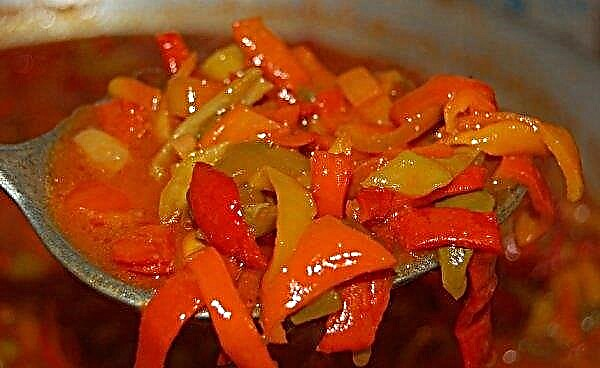In the past few years, gardeners have been actively growing lawn from clover. It is believed that this unpretentious culture creates a dense coating, and thereby protects the site from weeds. This type of decorative coating is characterized by a large number of advantages, in comparison with ordinary lawn grass. This article will examine the advantages and disadvantages of clover, as well as the principle of planting and care.
Botanical description of the plant
Clover belongs to the legume family. Most varieties are perennial, but annual crops are also found. The plant has triple leaves and small bright inflorescences.
After flowering on the shamrock bushes, fruits appear, characterized by a brown color and a heart-shaped shape. Most often, the lawn is created from clover with white flowers. However, some gardeners prefer to combine it with varieties with red, pink and burgundy inflorescences.

Advantages and disadvantages of a clover lawn
- The advantages of a clover grass lawn include:
- Density that prevents weeds from developing.
- Resistance to mechanical deformation (trampling).
- Safety for children and animals, because it is an environmentally friendly grass.
- Undemanding to daily leaving.
- Speed of recovery after mowing.
- Unpretentiousness to climate.
- Decorative appearance.
Did you know? Three-leaf clover is painted on the arms of some countries and cities (Montreal, Northern Ireland).
- If you decide to plant clover grass as a lawn, you should be ready for the following disadvantages of the coating:
- Slippery surface, especially after precipitation.
- A favorable environment for the development of slugs, because a large amount of moisture accumulates under the leaves.
- It fills flower beds and areas with vegetables, so planting is best done away from such places.
- It blooms in the second or third year after planting.
- Attracts bees, which is dangerous for small children.
Which clover to choose for the lawn
If you do not know which clover to choose to create a beautiful lawn, then try to build on the style of the site. A white variety would be ideal if the coating is used for the background. Planting red clover implies regular mowing, so it can be used if you have enough time to look after the lawn.
Important! The cultivation of red clover is protected by law, that is, it is included in the Red Book. To plant this culture, you need to get permission.
A variety with white flowers is considered a stunted crop, so cut it enough several times a season. In landscape design uses a huge number of varieties of clover. There are more than 20 pcs. All of them differ in growth rate, color and decorative value. Very often a clover-covered vegetable is used to equip an alpine-style garden when creating a rockery.
The most common types used for lawn include:
The most popular varieties of white clover include Volat and the Enchantress, red - Wichai, Paradise and Maro. Among the hybrid pink species, Daubiai and Handsome are distinguished.
Landing rules
To prepare the soil for planting a micro clover, it will take several steps:
- Dig the site.
- Remove weed roots and debris.
- Compact the soil using a roller.
Clover lawn does not tolerate the high acidity of the soil. That is why it needs to be slightly reduced using dolomite flour (200 g per 1 m²) or lime (2 kg per 1 m²). If there is a risk of perennial weeds (dandelions and others), then pre-treat the area with the Roundup herbicide (10 g per 10 l of water). The entire volume of the working fluid is distributed over 30 m². The sowing rate is 2 kg of seeds per one hundredth.
Important! To ensure uniform sowing, it is best to mix the seeds with sand or raw sawdust beforehand. Such supplements do not allow seed to be poured in one place.
Carefully water the ground before planting. Sowing depth depends on the soil. If it is heavy, then deepen them by 5 mm. In case of light soil - by 1 cm. Given that the clover seeds are quite small, it is best to carry out the sowing procedure when there is no strong wind. Otherwise, the seed will scatter and may sprout in the garden where vegetable crops are planted.

During sowing, it is recommended to wear plastic bags or shoe covers on shoes. So you will not be able to transfer seeds with your feet throughout the site. If the ambient temperature is in the range from + 18 ° С to + 20 ° С, then seedlings appear within a week. The temperature regime from + 14 ° С to + 16 ° С ensures the growth of green mass in 8–10 days.
Planting a lawn from clover should be carried out in the spring. This is best done in April, when the air temperature will be in the range from + 10 ° С to + 13 ° С. Also, some gardeners carry out sowing in the fall, in early September. This allows the planting mixture to rise and strengthen before the cold weather.
Did you know? Clover is considered a plant of luck. Its leaves are often dried and worn as a medallion, bringing success in all endeavors.
How to care for clover lawn
Thanks to its unpretentious care, a clover lawn needs only irrigation and weed removal. If you did not use solid herbicides before sowing, then you can treat the green mass according to the seedlings with Agrotox (20 g per 10 l of water) or Lemur (10 g per 10 l of water). All working fluid is distributed on a plot of 20 m².
You can also carry out manual weeding using a small garden tool in the form of a root eliminator. You need to water the lawn once every two weeks using a drip irrigation system. This will save the seeds in the soil, as well as moisturize the soil to an optimum depth of 10-15 cm.
 Mowing is carried out from the second year after planting, when the plants reach 10 cm. Do not worry if the stems stick out after mowing. In just a few days, young leaves will appear and the lawn will take on a beautiful appearance. The mowing frequency is determined depending on the purpose of the coating.
Mowing is carried out from the second year after planting, when the plants reach 10 cm. Do not worry if the stems stick out after mowing. In just a few days, young leaves will appear and the lawn will take on a beautiful appearance. The mowing frequency is determined depending on the purpose of the coating.
If it has an exclusively functional task, then a haircut is carried out 2 times a month. This is due to the fact that flowers can attract bees that can sting a person. If the functions of the lawn are exclusively decorative, then the mowing is carried out depending on the degree of drying of the inflorescences. As soon as they acquire a brown color, immediately carry out a haircut.
The coating looks most neat if the mowing is carried out using a lawn mower. It looks very nice when the height of the lawn is 6–8 cm. If you do not mow at the right time, then dense stems can provoke jamming of the knives. Then you have to cut the extra length manually.
Which is better: lawn grass or clover
To determine which is better: lawn grass or clover, you need to study many parameters. It all depends on the time you can spend on caring for your decorative coating.m. If you live in a country house and can take care of plants in a timely manner, then feel free to grow lawn grass. It is characterized by a brighter shade, which significantly increases the decorativeness of the site.
Clover is ideal for those who do not have time to care for the lawn. For this reason, it is often planted by summer residents who come to the site only a few times a month. Also, a clover cover does not cause allergies and is considered environmentally friendly (i.e. it does not need fertilizer). Therefore, it is ideal for young children and allergy sufferers.

Growing a clover lawn is a fairly simple procedure, if you know the basic rules for planting and care. You have the right to independently choose the type of plant that fits perfectly into the style of the site. The advantage of this coating is that it does not require frequent watering and fertilizer. Therefore, it is ideal for beginners in the field of landscape design.

